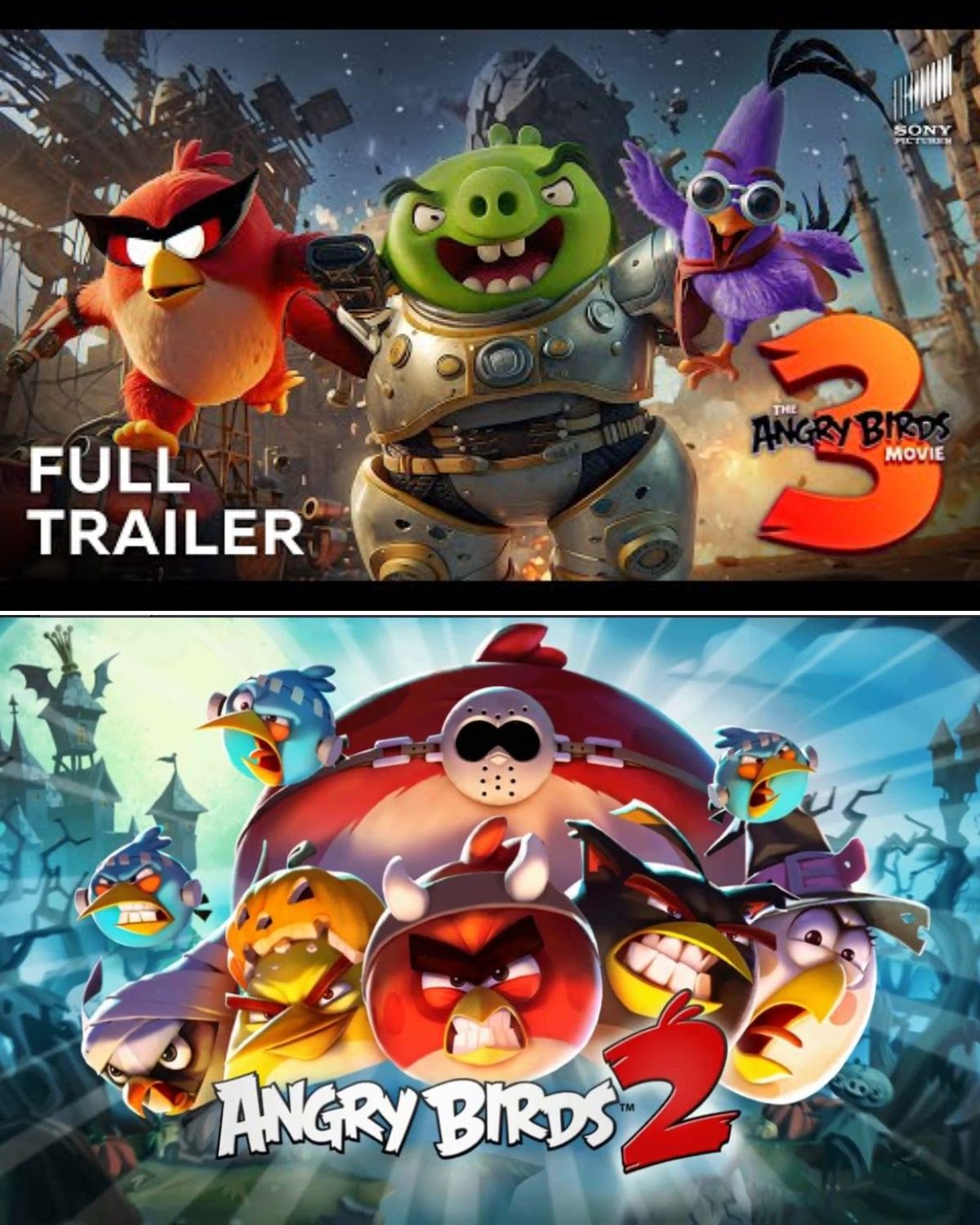The special effects in Marvel’s latest are cool to look at, but they’re also rooted in film and comics history.
/cdn.vox-cdn.com/uploads/chorus_image/image/51719983/doctor_strange_image_dimensions.0.jpg)
In some respects, there’s nothing unusual about Doctor Strange: It’s a charming, effective, but mostly by-the-numbers superhero origin story that follows the same basic template that Marvel Studios has honed over the course of nearly a decade.
What makes Doctor Strange stand out from both the Marvel universe and many of its blockbuster competitors are its spectacularly trippy visual effects. It’s a journey through time, space, the astral plane, and something called the “mirror dimension,” in which reality folds according to the will of the movie’s heroes and villains.

In those scenes, the movie transports viewers into a world of intricate, M.C. Escher-esque visuals, in which the rules of physics bend and break as city streets and ancient buildings transform into vast, interlocking, machine-like structures that act as playgrounds for the movie’s massive magic battles. At its best, watching Doctor Strange is like looking at the world through a kaleidoscope controlled by an absurdist architect with mystical powers.
But the visuals in Doctor Strange aren’t just cool to look at. They’re rooted in film and comics history, and director Scott Derrickson uses them to help tell the story, explain the world, and call back to the source material on which the movie is based. It’s a master class in how big-budget special effects can and should be used.
Doctor Strange draws from a variety of visual influences

Doctor Strange’s clearest visual influence is Christopher Nolan’s Inception, another movie that tumbled viewers through a world of folding city structures and gravitational upheaval, in which the structure of physical reality seemed to bend and curl around the characters. Both films toy with the characters’ orientation, putting them in upside-down, sideways environments that shift and roll around them.
But the sorcerers of Doctor Strange don’t just move through a world of shifting gravitational poles; they’re manipulating the environments themselves, hopping from walls to ceilings to bridges constructed out of dissected parts of other buildings as they battle it out. Derrickson has created a world that can be manipulated by magical will, and used as a weapon.
But Doctor Strange draws plenty from other visual influences as well, particularly in some of its weirder sequences, like the multidimensional head-trip Dr. Stephen Strange (Benedict Cumberbatch) goes on when he first meets his mystical mentor, the Ancient One (Tilda Swinton). That sequence recalls some of the great cinematic hallucinations, from the freaky drug dream of Altered States to the rainbow-colored consciousness expansion of 2001: A Space Odyssey to the far-out nature visions of Tree of Life. It’s truly a thrill to see these sorts of radical influences in a big-budget superhero movie—if for no other reason than it makes for a superhero film that looks nothing like any other superhero film that’s come before.
:no_upscale()/cdn.vox-cdn.com/uploads/chorus_asset/file/7423713/Ditko_DrStrange.jpg)
Comic book fans, on the other hand, will immediately recognize the influence of artist Steve Ditko, who created Doctor Strange in the 1960s in partnership with Stan Lee. Ditko’s spacey, brain-blasted approach to otherworldly art is part of the film’s visual DNA, especially in the third act, when Strange visits another dimension packed with floating orbs, geometric oddities, and glowing neon shapes that looks like a particularly psychedelic Ditko splash page. The movie is, among other things, a tribute to the enduring crazy greatness of Ditko’s artistic vision.
Doctor Strange’s SFX go beyond mere window dressing
Among all of Doctor Strange’s influences, however, the single biggest may be The Matrix trilogy. Strange traffics in the swirling, balletic, kung fu kineticism, unbound by the laws of physics, that defined the Wachowskis’ cyberpunk series — which were kind of proto-superhero films, before superhero films took over Hollywood. Strange’s action scenes feature stylishly draped characters who traverse ceilings and walls on their way to kicks and punches. There’s even a mystical throwdown in a grand staircase entryway that bears more than a slight resemblance to a similar sequence in The Matrix Reloaded. It’s safe to say that that without The Matrix and its sequels, Doctor Strange would not look like it does.
But Doctor Strange borrows more than the Wachowskis heightened action sensibility. It also employs the same basic structure as The Matrix: An ordinary man discovers an extraordinary world hidden beneath our own — and learns to manipulate that world, using a combination of will and arcane understanding, in a way that makes him extremely powerful.
In Doctor Strange, as in The Matrix, the hero is guided on his journey by a mentor (in this case, the Ancient One rather than Laurence Fishburne’s Morpheus) and aided by a trusted companion who provides a moral counterpoint (Chiwetel Ejiofor’s Mordo rather than Carrie Anne Moss’s Trinity). The two films even rely on a similar underlying metaphor of a computer program to explain their expanded realities, with the Ancient One explaining to Strange that magic “is the source code that shapes reality.”
:no_upscale()/cdn.vox-cdn.com/uploads/chorus_asset/file/7423885/the_matrix_reloaded.jpg)
And, as in The Matrix, the story structure and the wild visuals are linked. Doctor Strange is an exposition-heavy movie; most of the second act consists of conversations in which Mordo, the Ancient One, and magical librarian Wong (Benedict Wong) provide jargon-heavy lessons about the various facets of mysticism: the astral plane, the mirror dimension, magic relics. But real explanation comes from the visuals, which show you how that world works. As in The Matrix, the movie is structured as a process of visual discovery for both the protagonist and the audience, as they go deeper into a strange otherworld, teaching you the rules and possibilities along the way.
With both films, the true strength of the visuals lies in the wondrous ideas behind the effects. You don’t walk away wondering how they did what they did. Instead, you wonder how they thought to do what they did. The imagination is more important than the execution. Doctor Strange may be the first superhero film to try to blow your mind even as it blows things up.




